Home / Albums / The Middle Ages / Rulers and Government / Leaders 24

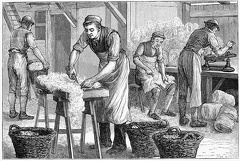 Wool-sorters at Work
Wool-sorters at Work Jeanne de Bourbon
Jeanne de Bourbon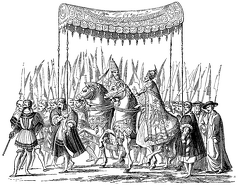 Imperial Procession
Imperial Procession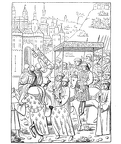 Entry of Loius XI
Entry of Loius XI Doge of Venice
Doge of Venice Doge of Venice
Doge of Venice King Louis le Jeune
King Louis le Jeune King Childebert
King Childebert Costume of Emperors at their Coronation
Costume of Emperors at their Coronation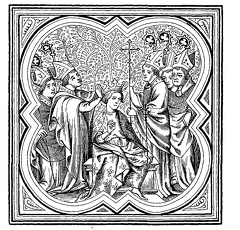 Coronation of Charlemagme
Coronation of Charlemagme Chief of Sbirri
Chief of Sbirri Chief of Sbirri
Chief of Sbirri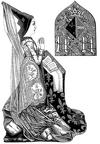 Charlotte of Savoy
Charlotte of Savoy Charles V of France
Charles V of France Charles the Simple
Charles the Simple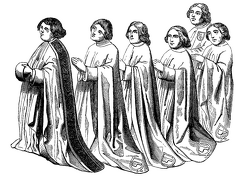 Elders and jurors
Elders and jurors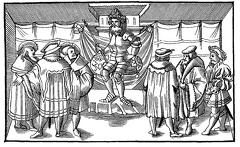 Court of a baron
Court of a baron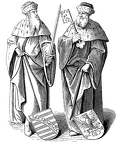 Count of Saxony
Count of Saxony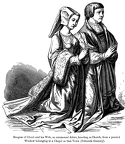 Burgess of Ghent
Burgess of Ghent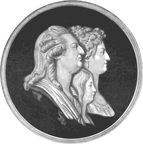 Louis XVI
Louis XVI Joan of Navarre
Joan of Navarre King of the Franks
King of the Franks Charlemagne
Charlemagne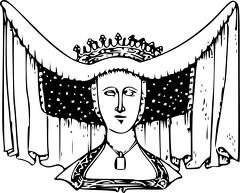 Horned Head-dress Beatrice, Countess of Arundel, 1439
Horned Head-dress Beatrice, Countess of Arundel, 1439



